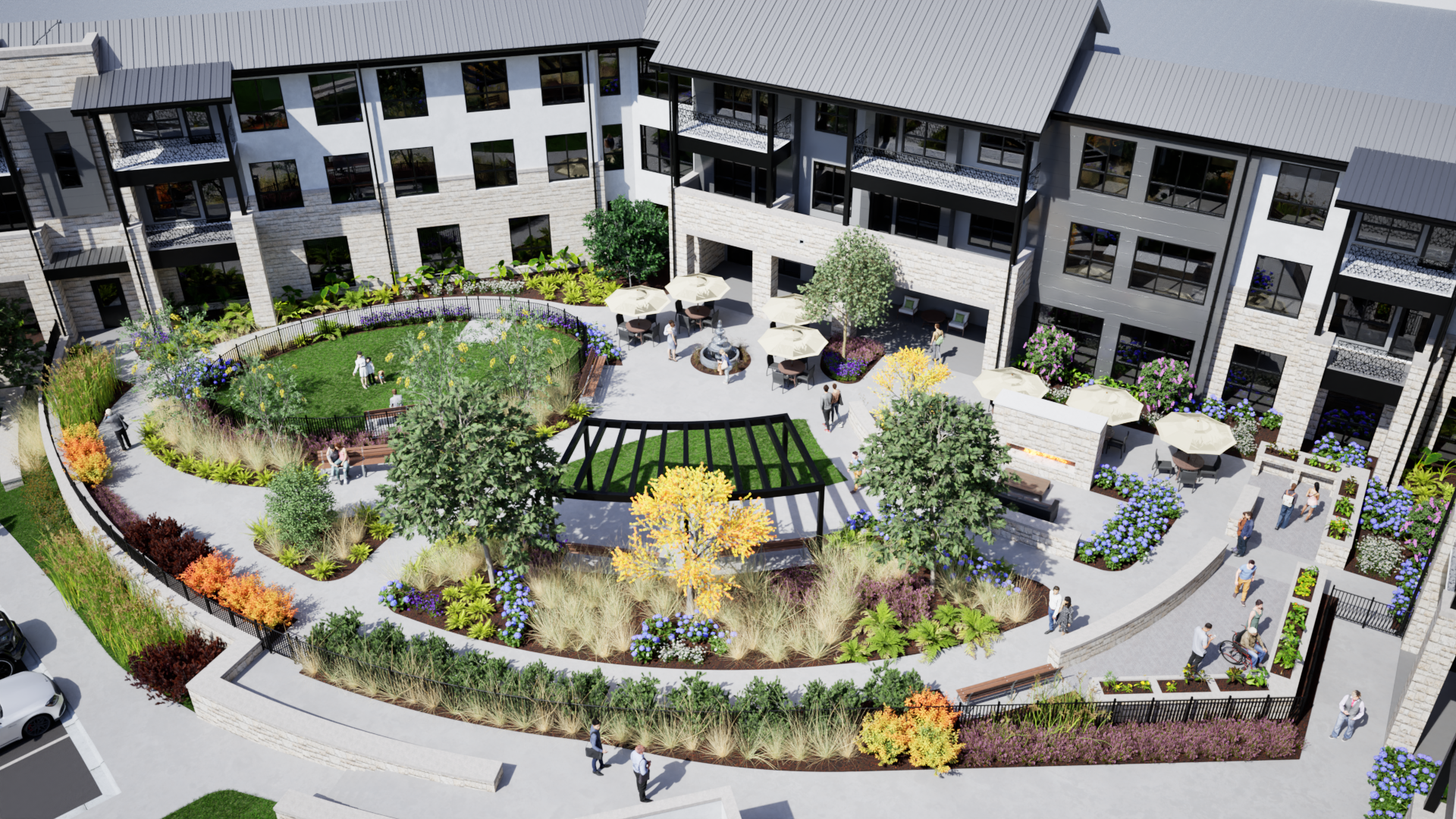How to Save Dorothy from the Trip to Oz
Despite the best efforts of meteorologists and others, unexpected storms and weather events happen. Yet you can best protect your buildings and their inhabitants by planning for what you can expect as well as a few surprises you can’t.
We can’t prevent twisters in Kansas, but we can save Dorothy and Toto from the trip to Oz.
Doing the homework.
At Pi, we start by doing our research and understanding the location of a community. There are aspects of building design that apply to different climates and common weather-related issues. By knowing what conditions are predictable, we can design accordingly and help keep both residents and buildings as safe as possible when a weather-related disaster strikes.
The Federal Emergency Management Agency (FEMA), among other organizations, has a treasure trove of information such as facts about various weather issues to emergency-management guidelines. Working together, we can use these resources to do everything possible to protect residents, buildings, and properties.
What If? Assessing Risks
Instead of waiting for disaster to strike, conduct regular risk assessments to identify potential weaknesses or problems. For instance, do any nearby bodies of water present a flooding risk? Are there items (such as garbage or recycling containers) that could present a risk of airborne debris in high winds? Are there trees or bushes that could damage buildings if they were uprooted during a storm? Do you have/need missile-resistant windows? If not, how will you cover/protect windows in the event of a pending hurricane or other storm?
A thermal imaging camera also can help alert building management to possible problem areas in advance. For instance, it can catch roof leaks or electrical malfunctions that are hidden from view. Identifying and addressing these risks before they cause structural damage, flooding, fires, and other disasters can save thousands of dollars, prevent injuries, and avoid the need for evacuations.
Risks Revealed, Now Prepare
Now that you know where the risks are, focus on preparation and prevention. Among the possibilities:
Depending on the size, a generator can cost anywhere from a few thousand to over $100K. However, if power goes out, it will help protect residents and keep them comfortable. It also will help avoid costly food spoilage and other problems. Do your homework, talk to others who’ve purchased a generator for a similar property, and assess your specific needs before making an investment.
Some alternate energy sources may be practical and cost-effective during a weather emergency. These include power inverters and solar energy (such as lights and power packs. Wood stoves and kerosene heaters can be helpful, but these need to be use and monitored very carefully.
Attic insulation makes a difference. This provides a buffer against the elements all year around. It also limits the strain on HVAC systems. Different climate call for different insulation R-values, a way to measure how well insulation materials can resist heat. Higher R-values are better in severe temperatures.
If shatter-resistant windows aren’t possible or practical, identify ways to protect glass panels. Among the options: accordion or roll-up shutters, storm panels, and perforated metal screens.
Consider the value of a safe room made of steel-reinforced concrete. If you think there is a need for this, we can help you determine what it might take to build such a room and what kind of budget might be necessary.
To help prevent frozen pipes, consider adding antifreeze to heating lines. Make sure outside dampers are fully closed, keep vents clear, set circular pumps to run continuously, install low-temperature sensors/alarms to alert staff to potential freezing. Make sure pipes/walls are adequately insulated and consider the value of heat wrap/tape for more exposed plumbing.
Help prevent roof collapses by visually inspecting roof surfaces and removing as much snow and ice as possible. Be careful not to damage the roof during any snow removal.
Prevent ice dams by making sure roofs are well insulated and air sealed before cold/inclement weather hits.
Block air leakage paths around doors, windows, electrical boxes, and attic hatches. Polyurethane foam is among the most effective air-sealing products, but it must be applied precisely. Consider 1 ½- or 2-inch-thick rigid foam panels on the outside of exterior frame walls, under siding, masonry, or stucco to enhance energy performance and reduce heating/cooling costs.
Use heat-recovery ventilators (HRVs) to provide a steady supply of fresh air while recycling heat from the outgoing airstream.
Consider some low-cost or free options to help protect your buildings. For instance, waterproof coatings applied to exterior walls or watertight shield over openings can help prevent or lessen flood damage. Elsewhere, some cement or wood siding products help strengthen wood frames and reinforce structural integrity. Particularly before a storm (but good practice any time), have staff survey the groups to identify and remove any debris or items that can become airborne during a storm and cause damage or injury.
Whether you’re in Texas or Minnesota or somewhere in between, weather-related crises are a reality and often come when you least expect them. We design for safety and security as well as beauty and comfort. Let us help you design a senior living community that your residents will love in any weather.
Contact us here or call us at 512-231-1910.



















